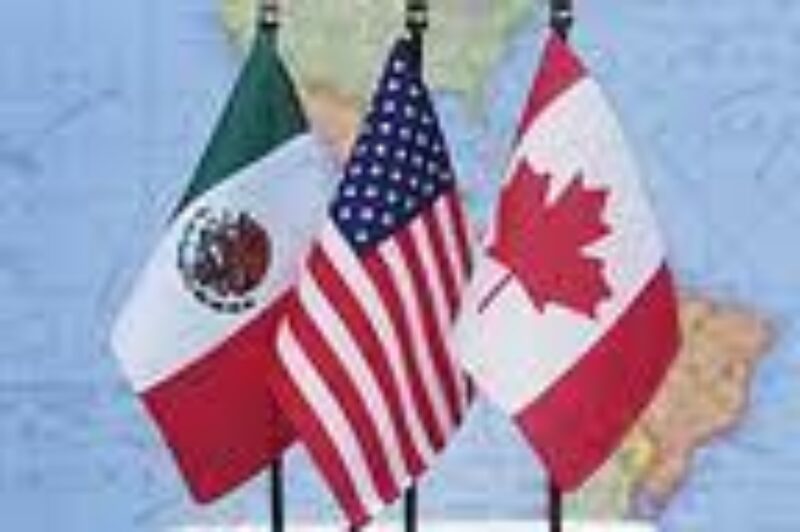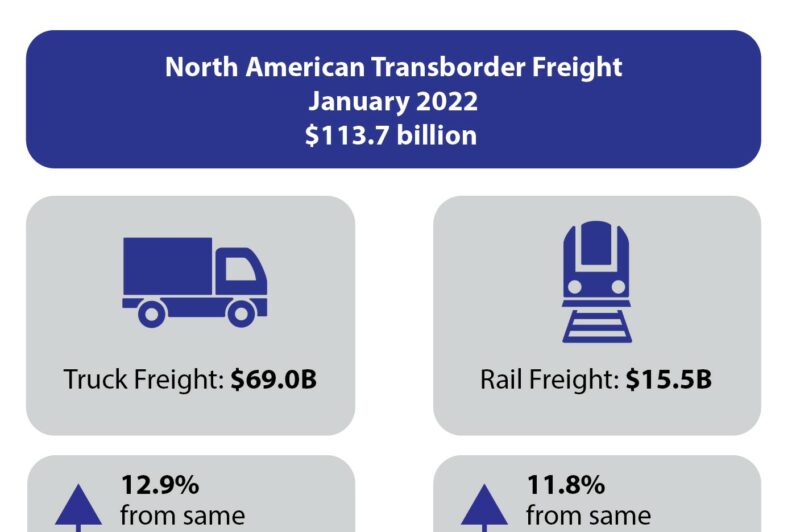
Freight




Can the hot trucking market continue?
NEWPORT, R.I. – It is a good time to be in trucking in the U.S. The economy is strong, freight needs to move, and rates are on the rise. Eric Starks, the chairman and CEO of FTR, pointed to several indicators during a business symposium for Volvo dealers and customers. The ATA Tonnage Index and FTR Loadings Index, which track absolute freight levels, are both trending upward. The flatbed market in particular has been going “crazy”, in part because of increasing demand to move pipe and fracking sand, the latter of which is moved in boxes, he said. “It’s eating up a huge amount of capacity.” Everything from consumer spending to home sales are adding to the demand.
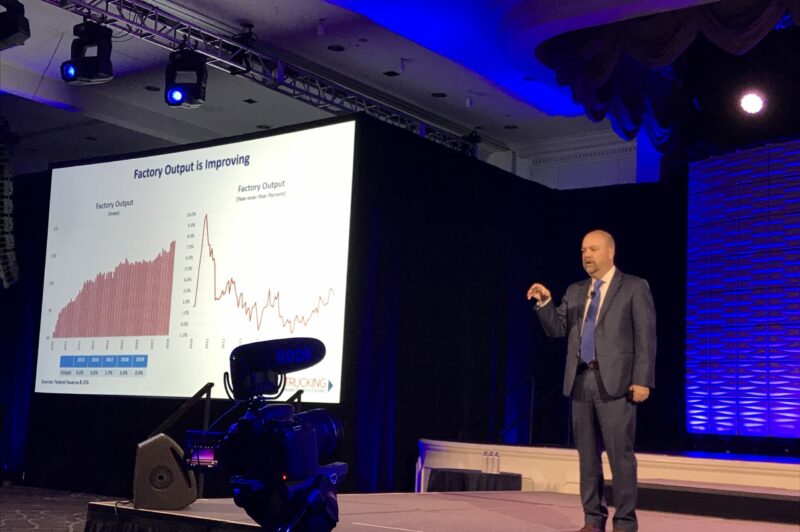
Trucking is growing, but watch NAFTA and driver shortage
NASHVILLE, Tenn. – Trucking activity is surging thanks to an array of economic factors in the U.S., but there would be a steep price to pay if U.S. President Donald Trump follows through on threats to pull out of NAFTA. “NAFTA trade via truck supports over 46,000 jobs in our industry, including nearly 31,000 truck driver jobs,” the ATA's Bob Costello observed during Omnitracs’ fourth-annual Outlook conference.
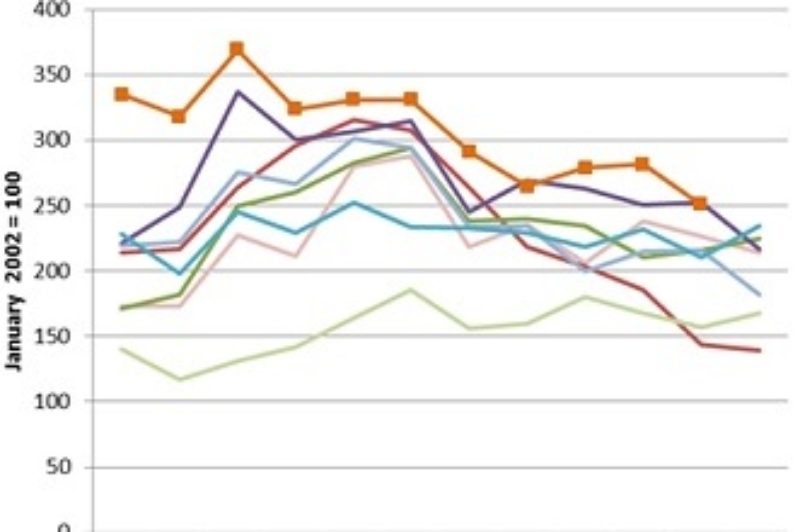

For-hire fleets hauled 745.5 million tonnes in 2014
Canada's for-hire trucking operations hauled 745.5 million tonnes of freight in 2014, up 7.9% over 2013, Statistics Canada reported today. The related revenue was up 14.8%, reaching 14 cents per tonne-kilometre, while domestic freight generated 16 cents per tonne-kilometre. Most of the weight (86.2%) involved domestic shipments, which rose 8.3% in the year. General freight led the way in Ontario and Quebec, while petroleum was the driving force in Alberta. General freight and motor vehicle parts accounted for most of the cross-border shipments by weight.
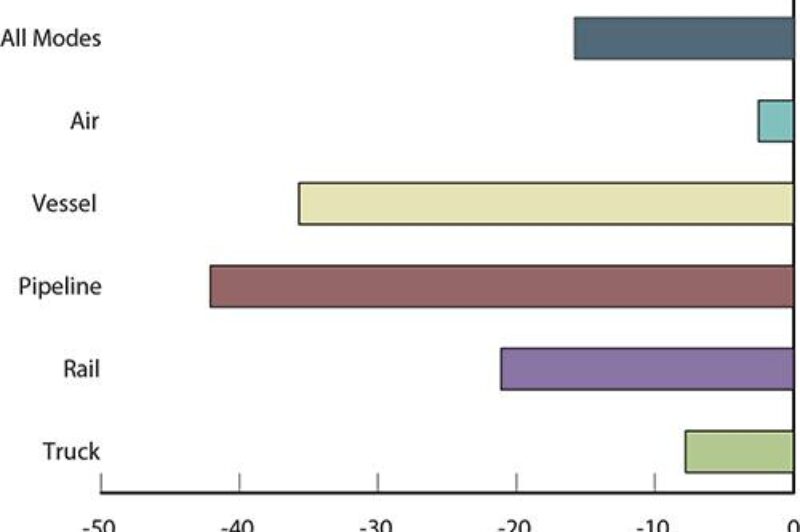
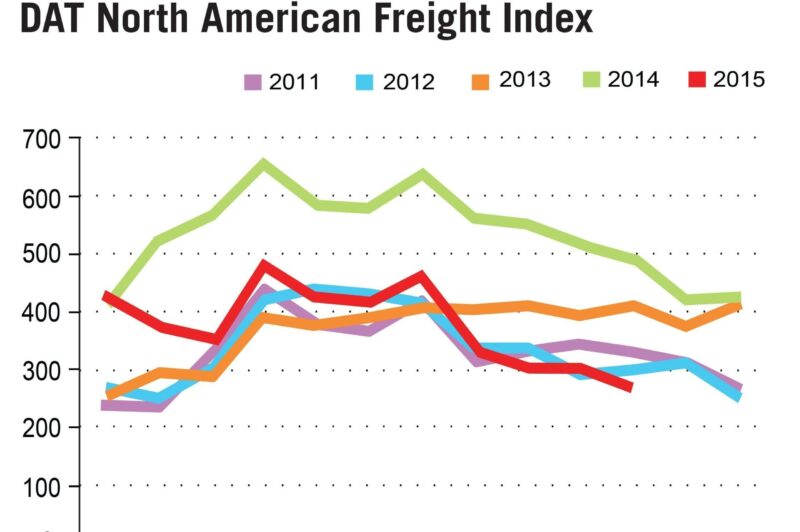
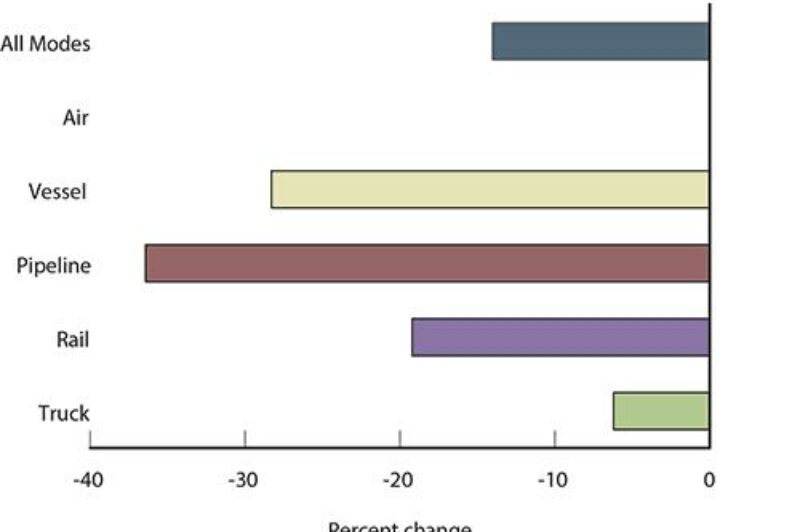

Port Metro Vancouver Sees Jump in Cargo Volume
VANCOUVER, BC - The amount of cargo moving through Canada's largest port shows continued growth in trade through the Pacific gateway. Total cargo handled at Port Metro Vancouver was 70.3 million metric tons in the first half of 2015, an increase of 1.5 percent over the same period in 2014, according to newly released figures.

Carriers regain control of rate setting: report
ST. LOUIS, MO- The U.S. economy is on solid ground and bringing higher transportation costs, according to Rosalyn Wilson, supply chain expert and senior business analyst with the management services firm Parsons. "With carriers gaining more control over rates and capacity tightening, total freight spend in 2014 was higher than in any preceding year," Wilson said. "As long as capacity remains precariously balanced, we will continue to see a slow trend upwards." Parsons' Cass Freight Index, which measures trends in North American shipping activity based on $23 billion in paid freight expenses for hundreds of large shippers, showed shipment volumes and freight spending both dropped in January, but were at their highest level for the month in three years.
